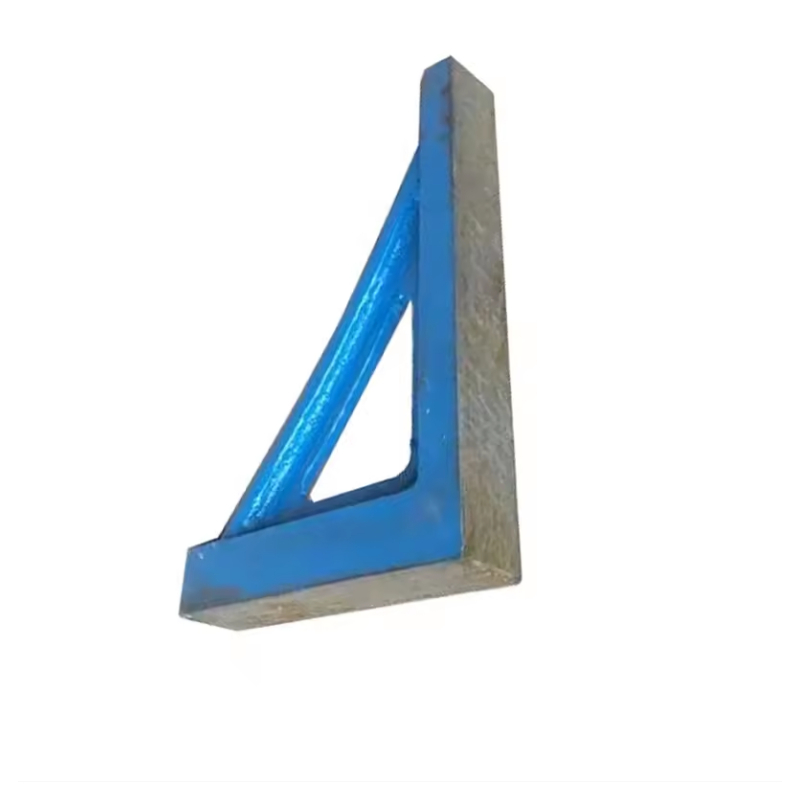ഡിസം . 15, 2024 10:28 Back to list
check valve and non return valve
Understanding Check Valves and Non-Return Valves
In the realm of fluid dynamics and piping systems, valves play a crucial role in controlling the flow of liquids and gases. Among various types of valves, check valves and non-return valves are vital components designed to maintain the desired direction of flow within a system. Although often used interchangeably, it's essential to understand their workings, applications, and significance in engineering.
Definition and Functionality
A check valve, also known as a one-way valve, is a mechanical device that allows fluid to flow through it in one direction only. It is designed to prevent backflow, ensuring that the fluid travels in the intended direction and does not return to the source. When the fluid enters the valve from the upstream side, it opens the internal mechanism—generally a disc or a ball—that allows the flow. Conversely, should the flow attempt to reverse, the mechanism closes, blocking the backflow. This principle is critical in various applications, such as preventing contamination in drinking water systems and protecting pumps from damage due to backflow.
Non-return valves are essentially the same as check valves; the two terms can be used synonymously in most engineering contexts. However, some professionals might differentiate them based on specific operational nuances or the intended applications. In a broader sense, non-return valves perform the same function they allow one-way flow and prevent reverse flow, thus safeguarding systems from potential failures.
Types of Check Valves
Check valves come in various designs, each tailored for specific applications and operational requirements. The most common types include
1. Swing Check Valve This design features a disc that swings on a hinge to open and close the flow path. It is suitable for horizontal pipelines but may not perform as well in vertical installations.
2. Lift Check Valve Utilizing a disc that lifts to allow flow and drops to prevent reverse flow, this type is effective in both horizontal and vertical applications.
3. Ball Check Valve This valve uses a ball that sits in the seat when there is no flow, preventing backflow. It provides excellent sealing capabilities when closed.
check valve and non return valve

Applications
Check and non-return valves find widespread use across various industries
- Water Supply Systems Their primary role in municipal water systems is to maintain water quality and prevent contamination due to backflow.
- Pumping Stations To protect pumps from reverse flow, check valves are installed on the discharge side, ensuring that once the fluid is pumped out, it cannot flow back into the pump.
- Marine Applications On boats and ships, these valves prevent water from entering the vessel through buoyancy systems and other structures.
- Chemical Processing In chemical plants, check valves help maintain process integrity by ensuring that hazardous or reactive substances do not backflow into other parts of the system.
Importance and Maintenance
The importance of check and non-return valves cannot be overstated. They enhance system safety, improve efficiency, and protect equipment. However, like all mechanical devices, they require regular maintenance to function optimally. Issues such as leaks, valve sticking, or improper seating can lead to failures, resulting in costly system downtimes and repairs.
Regular inspection and timely replacement of worn-out components are essential practices for ensuring the longevity and reliability of these valves. Engineers and maintenance personnel should prioritize training on valve operation and troubleshooting techniques to address any challenges effectively.
Conclusion
Check valves and non-return valves are indispensable components of many fluid systems, providing safety and efficiency in diverse applications. Understanding their design, functionality, and appropriate use is crucial for anyone involved in the engineering or maintenance of fluid systems. By recognizing their importance, professionals can better safeguard their systems against failures and ensure smooth operation in various industrial applications. As technology advances, further innovations in valve design will continue to enhance their performance and reliability, paving the way for more efficient fluid management solutions.
-
Why Metric Trapezoidal Thread is Ideal for Precision Motion ControlNewsAug.05,2025
-
The Unique Properties of a Block of Granite for Industrial UseNewsAug.05,2025
-
The Role of Flanged Y Strainers in Preventing Pipeline ClogsNewsAug.05,2025
-
The Importance of Regular Calibration for Master Ring GagesNewsAug.05,2025
-
How a Cast Iron Surface Table Enhances Accuracy in ManufacturingNewsAug.05,2025
-
Comparing Different Check Valve Types for Optimal Flow ControlNewsAug.05,2025
Related PRODUCTS









